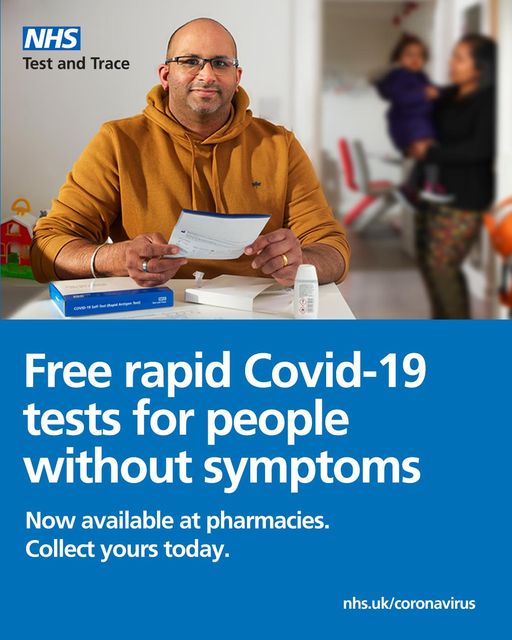


The tests are quick, taking about 15 minutes compared to one to three days for PCR test results. The solution then gradually soaks a test strip that changes color if its included COVID antibodies interact with any COVID proteins from the sample. A nasal sample is mixed with a chemical solution that extracts the antigen proteins. In contrast with PCR tests - which use amplification technology to find tiny genetic traces of COVID-19 - at-home COVID tests react to molecules on the surface of the virus, collected on a nasal swab sample.ĬOVID rapid home tests are "lateral flow assays," much like over-the-counter pregnancy tests. How do at-home COVID tests work?Īt-home rapid antigen tests can detect the COVID virus without the need of laboratory equipment. For more on COVID, here's what to know about boosters this fall and which ones to get. Learn how COVID tests work with the latest omicron variants, as well as why the FDA and CDC have updated their advice for home testing. However, new research suggests that at-home COVID tests may not return positive results for people who've recently been infected, prompting the US Food and Drug Administration to update its testing recommendations for those who've been exposed to COVID-19.Īt the same time, the CDC has relaxed its guidelines around COVID-19 quarantines, virus exposure and screening testing.

Rapid COVID tests have become a popular diagnostic tool for avoiding viral transmission at private and public events, as well as at schools. Numbers from the Centers for Disease Control and Prevention show that more than 2.5 trillion home tests were produced for those in the US between October 2021 and May 2022. Spurred by the availability of free tests from the government and health insurance covering the cost of kits, the use of at-home COVID tests increased dramatically at the start of this year, between the fall of delta and the rise of the omicron variant. But new guidance from public health agencies has left some Americans confused about how and when to best test for COVID at home.

As the US enters the fall school season, rapid antigen tests to detect COVID-19 are back in the spotlight.


 0 kommentar(er)
0 kommentar(er)
